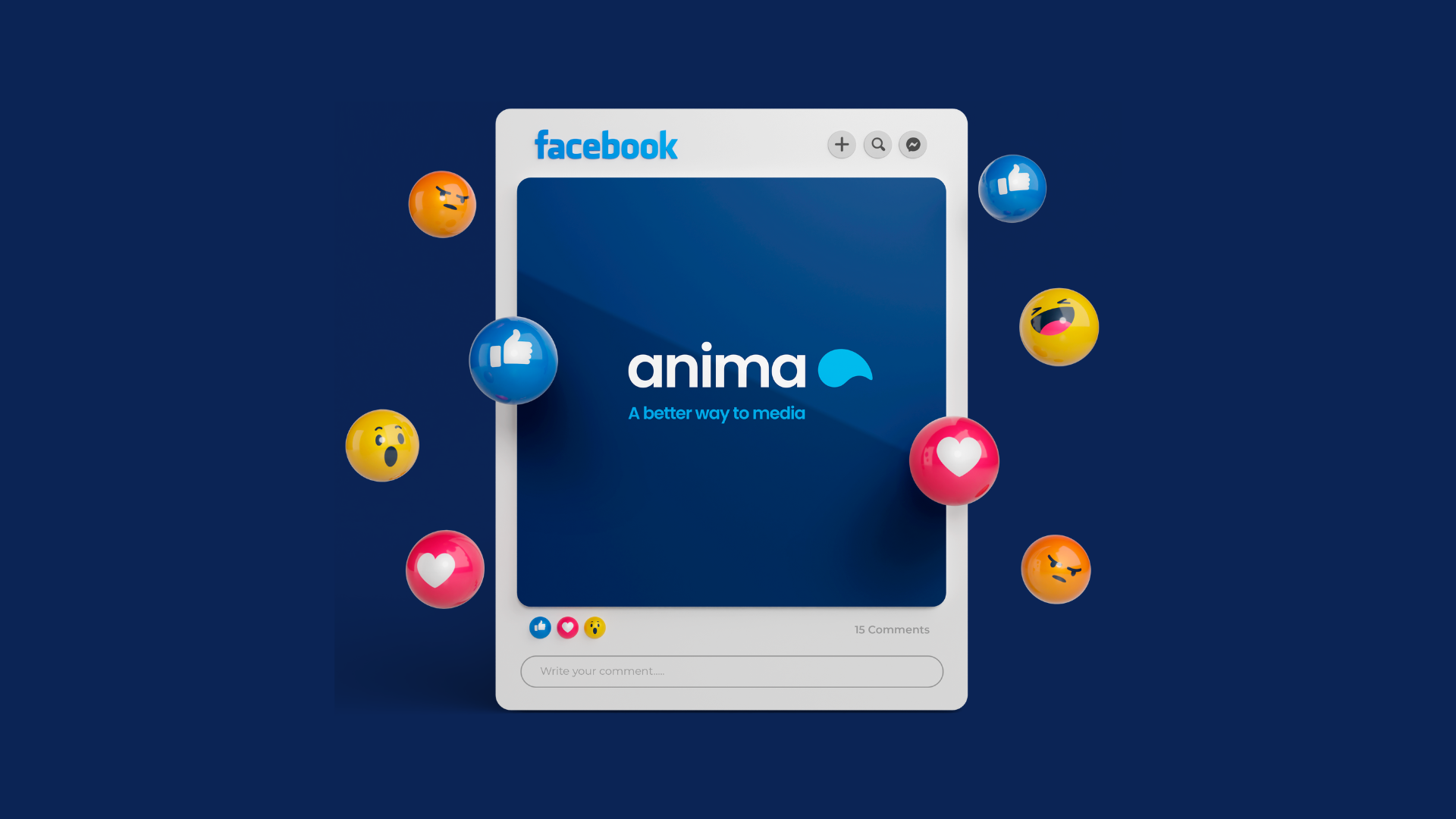

May, 2025
With the constant evolution of digital platforms and the shift toward greater personalization in advertising, Meta (Facebook/Instagram) has taken a significant step by removing detailed interest-based targeting from its advertising platforms.
This decision marks a major shift in how advertisers can reach their audiences, opening a debate on how it will affect digital marketing strategies.
What implications could this have for the future of digital advertising?
Simplifying the Advertising Process: Less Control, More Automation
Meta has decided to eliminate several detailed targeting options, including the ability to exclude audiences through highly precise segmentation. Instead, the platform increasingly relies on its artificial intelligence (AI) to manage ad targeting.
What Were the Advantages of Detailed Targeting Exclusions?
Detailed targeting exclusions have long been a valuable tool for advertisers, allowing them to optimize campaigns precisely. Some of the key benefits included:
• Budget Optimization: one of the main advantages of exclusions was avoiding unnecessary spending. By excluding audiences who had already interacted with your content or weren’t relevant to your campaign, you could reduce costs and ensure your investment was focused on audiences with higher conversion potential.
• Precise Targeting: excluding specific audiences allowed advertisers to refine their ad messaging to make it more relevant to the target group. For example, excluding recent buyers helped avoid showing them unnecessary ads, thereby improving relevance and user experience.
• Reduced Audience Overlap: excluding overlapping audiences across multiple campaigns prevented advertisers from competing against themselves for the same audience, which helped reduce costs and improve campaign efficiency.
Why Is Meta Eliminating Manual Targeting?
Meta’s shift has a clear rationale, grounded in both industry trends and the inherent challenges of manual targeting:
• Simplified Campaign Creation: Meta aims to make campaign creation more accessible and faster for advertisers. By removing detailed interest-based targeting and shifting to "open" campaigns, the platform's AI can automatically determine the best audience for each ad.
• AI-Driven Automation: as we know, Meta processes millions of user data points in real time. The company is betting heavily on its AI to improve campaign effectiveness and efficiency. The expectation is that ads will be delivered to the users most likely to engage, without advertisers needing to define every targeting detail manually.
• Lower Barriers for New Advertisers: one of the main goals of removing manual interest-based targeting is to reduce the entry barriers for new advertisers. Many make mistakes by selecting overly narrow audience segments, limiting reach, and increasing ad costs. This change allows small and medium-sized businesses to leverage Meta’s AI and achieve strong results with simpler campaigns, even without advanced marketing knowledge.
• Privacy and Cookies: with the elimination of third-party tracking (such as cookies) and restrictions introduced by iOS 14 updates, Meta no longer has access to the same volume of data it once did. This has forced the platform to adopt a more automated, first-party data-centric targeting approach.
What Impact Will These Actions Have on Overall Campaign Performance?
According to Meta’s data, removing exclusions and detailed targeting could reduce the cost per conversion by 22.6%.
However, there is a significant downside: by eliminating filters and exclusions, advertisers lose control over who sees their ads. This could result in ads being shown to users who, while within a broad demographic, may not be truly relevant to the offer or message. This may decrease the quality of interactions, lower effective conversion rates, and, over the medium or long term, increase actual customer acquisition costs (CPA)—especially in sectors where precision is critical (such as high-ticket products, specialized services, or niche markets).
There is also a risk that ads will be shown to users who have already purchased or are not yet ready to buy, negatively affecting sales funnel efficiency. This drop in precision can also lead to ad fatigue, as users are shown irrelevant content more frequently, which can reduce click-through rates (CTR) and increase the cost per thousand impressions (CPM) without delivering proportional returns.
In short, while full automation can reduce conversion costs in certain scenarios, it’s not a one-size-fits-all solution. Its effectiveness depends on the type of product, the size of the target audience, and—most importantly—the quality of the ad creative and the strategic use of first-party data by the advertiser.
The key will be to test, compare, and constantly adjust creatives, formats, copywriting, and other elements outside of targeting to ensure that the lack of precision targeting does not hurt campaign profitability.
Conclusion
With this change, Meta is placing audience targeting in the hands of its AI, allowing advertisers to focus more on creative content and less on the technical details of segmentation. While this approach may seem risky to some, it also opens the door to more natural, relevant, and contextual ads.
In the future, fully automated targeting via artificial intelligence could become the norm, and those who know how to leverage these tools will have a significant competitive advantage. For advertisers, the challenge now is to adapt to this new environment by focusing their strategy on creating high-quality content that resonates with the target audience.
At the moment, a period of doubts is coming. Will AI work better than a professional experienced in campaign management and optimization? Who will take responsibility for possible errors caused by AI? Will the platform itself? Will there be real, consistent cost savings, or will it only work in the short term? Will it negatively affect the branding of brands to impact people who are not actually the target audience?...